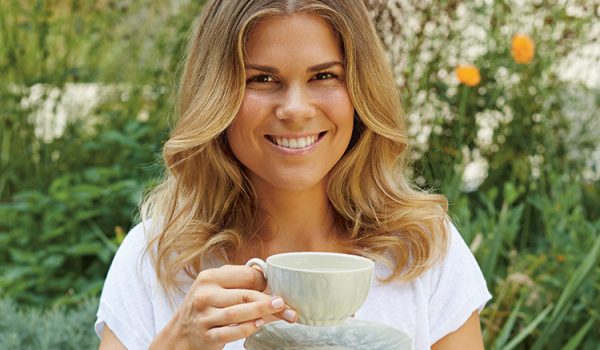It’s a well-known fact that cancer treatments cause numerous side-effects including loss of appetite, nausea and weight loss. One side effect that’s not often considered is the impact the side effects from the drugs have on the nutritional wellbeing of the patient.
Treatment related side-effects are an open invitation for malnutrition to take hold as many cancer patients find eating extremely difficult. Disease related malnutrition is very real and studies say the number of people who are affected is up to 85% of cancer patients. The potential outcomes of not being able to eat during cancer treatment include decreased effectiveness of cancer treatment, longer recovery time, reduced quality of life, increased time spent in hospital, and increased risk of infection due to lower immunity.
Weight loss shouldn’t be an expected outcome of cancer treatment either. The aim is to maintain your weight during treatment. My weight plummeted dramatically down to 45kg after my first chemotherapy treatment. I had uncontrollable nausea and vomiting and was extremely weakened by not being able to eat. Aside from the chemotherapy side-effects of mouth ulcers and aching facial bones, the prolonged vomiting caused swallowing difficulties.

I lived on fresh white bread (no crusts), butter, strawberry jam and lamb with garlic at the times I was able to eat. That was it! Clearly, this was inadequate. Chemotherapy alters people’s taste buds — known as metallic taste, where everything literally tastes metallic in your mouth. Chemotherapy can make it difficult to swallow, brings on nausea and/or vomiting, constipation, diarrhoea, mouth ulcers, dry sore mouth, and brings on changes with smell. The side effects in relation to food and one’s enjoyment of it can be devastating.

With first-hand knowledge of these side-effects, I have created some tips to get you eating. Carers too will benefit from these tips as they will help strengthen their understanding of the cancer treatment side-effect and food relationship.
1. Choose high calorie/energy and high protein foods so you get quality into your body in the absence of quantity. Protein and its muscle building amino acids is absolutely essential to avoid muscle wastage.
2. Eat foods appropriate to the side-effects you are experiencing. Chia puddings and overnight oats are great for a sore mouth or trouble swallowing. Ginger/lemon tea works for nausea. Inca berries are tops for shocking those taste buds and banishing metallic taste.

3. Drink liquid meals if you don’t feel like a meal you have to chew. Protein shakes are a great ‘meal’ and offer great nutritional value. Choose a good ‘clean’ protein. As a rule, the less ingredients the better. I tend to stick with, ‘if I can’t pronounce it, I probably don’t need it’ rule of thumb. There are some good quality protein powders on the market these days
4. If possible, try not to drink with your meal as this will fill you up. Eat what you feel like — give in to cravings. And eat as much as you like.
5. Eat when you feel like it, no matter the time of day. Take your appetite as a sign that your body needs to refuel, so just refuel.

6. Make smaller portions. Don’t overwhelm yourself with a ‘normal’ sized portion of food. Use smaller plates so you are not concentrating on how small your meal looks. People often get down on themselves because they aren’t able to eat very much.
7. Make your food visually interesting by adding a garnish. Be a bit playful.
8. Use visually interesting crockery too. Use brightly coloured bowls, placemats, and napkins. Make it pleasing to your eye. Use different types of drink ware — think mason jars with straws. Again, make it interesting.

9. Never eat your favourite food when you are feeling ill because you will ruin the association you have with it – forever.
10. From a carers point of view, try not to nag someone into eating and don’t point out the repercussions of them not eating. They are already well aware of these.
You will get through this difficult time and you will now be able to do it with the right fuel in your system.








